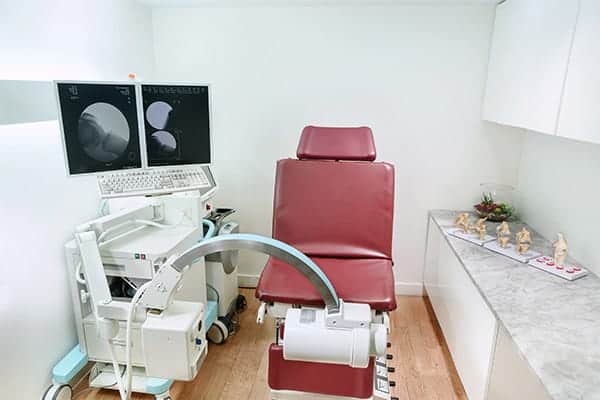Neck pain, also known as neck pain or neck pain, often results in stiffness that limits the movement of your neck resulting in need of Neck Doctor New York. The growing number of people affected would be explained mainly by the aging of the population and our settlement, among others in front of our smart phones and computers … These cervicalgies affect between 10 and 20% of the adult population!
To understand these pains, we must focus on the function of our neck and the interactions that exist between this region and the rest of our body.

What is the use of the cervical spine?
To better understand the occurrence of neck pain, it is necessary to understand what the use of the cervical spine is. The cervical spine is composed of seven vertebrae stacked on top of each other. The first two cervical (the atlas and the axis) allow stability and mobility of the head thanks to their particular configuration said Shoulder Pain Doctor Nyc.
The entire cervical spine ensures mobility in all the planes of the space of our head and allows directing the sense organs: our nose, our eyes, our ears, and our mouth say Neck Pain Doctor in New York. With our cervical, we are able to observe our environment, to feel and taste, but also to listen! Thus, even if we do not pay attention to it every day, our cervical spine allows us to interact in adequacy with our environment. The first and second cervical vertebrae called atlas and axis are a key area of the cervical spine said Arthritis Pain Specialist. On their own, they allow the full rotation of the head and ensure the stability of our head resting on the cervical spine.
Cervical pain
The neck is not limited to cervical vertebrae; it is a real crossroads of different anatomical elements:
- The nervous system: cervical roots, cranial nerves …,
- The musculoskeletal system: ligaments, muscles such as scalene or verniers,
- The digestive system (oesophagus), ventilatory (trachea), phonatory (vocal cords.), and circulatory (blood vessels that will feed especially the head).
We understand why neck pain is not only related to vertebrae but can also be related to all these anatomical elements.
Thus, neck pain can have different origins:
- Muscle contraction,
- Inflammation of the tendons,
- Ligament stretching,
- Osteoarthritis,
- Herniated discs
The 3 most common causes of acute pain are:
- Torticollis: this is a muscular contracture that is located in the neck. It can, for example, come from trauma, fatigue or stress says Neck Doctor Nyc.
- Cervical spondylosis: it is quite common in people over 50 years or in people who have experienced a traumatic episode (whiplash during a car accident, shock on the head, repeated sports trauma, handling …).
- Cervical sprain: This is an immediate reaction following an event where the cervical spine has been stressed too much. It is therefore important to consult an osteopath to identify and work the various tensions printed by the body following this event (fall, whiplash etc …).
If you suffer from neck pain, you will certainly find yourself in the list of symptoms commonly reported by patients said Joint Pain Doctor Specialist:
- Posterior neck pain,
- Nuchal stiffness,
- Decreased range of motion of the neck,
- Headache,
- Eye strain,
- Radiation or tingling in the arm or hand
Article Source : https://backpaindoctornewjersey.wordpress.com/2019/07/09/cervical-pain-and-osteopathy/

